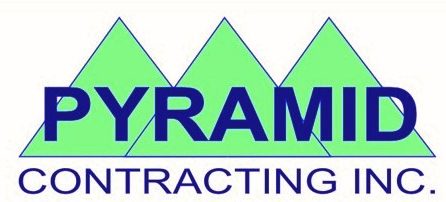Creating an outdoor space that balances beauty with functionality requires thoughtful planning rather than random improvements. Residential landscaping Ontario professionals recommend starting with a comprehensive site analysis before making any changes to your property. Understanding the existing conditions of your yard provides the foundation for making smart design decisions that will enhance both enjoyment and property value.
Master Planning Approach
Dividing your yard renovation into logical phases prevents overwhelming projects and budget strain. Residential landscaping Ontario companies can help homeowners develop a multi-year implementation strategy that builds toward a cohesive final design. This methodical approach ensures each element works harmoniously with future additions while allowing you to spread costs over time.
Working With Natural Features
Existing topography offers opportunities for distinctive landscape elements unique to your property. Slopes can become terraced gardens while low areas might transform into rain gardens or water features. Embracing natural site conditions typically reduces construction costs and creates more sustainable landscapes.
Material Selection Principles
Hardscape elements establish the framework for your entire outdoor living space design. Choosing materials that complement your home’s architecture creates visual continuity between structures and landscape. Quality stone, wood, and concrete products may cost more initially but deliver superior longevity and performance over decades.
Plant Community Design
Grouping compatible species creates more resilient gardens requiring less maintenance. These plant communities share similar soil, water, and light preferences for stronger growth patterns. Strategic plant selection based on mature size prevents overcrowding and reduces future pruning needs.
Outdoor Room Concepts
Defining spaces for specific activities maximizes the functionality of your available yard area. These designated zones work like outdoor extensions of your home’s interior rooms with clear purposes. Thoughtful transitions between areas create a natural flow while maintaining distinct character for each space.
Seasonal Interest Planning
Year-round appeal depends on selecting elements that shine during different months. Incorporating plants with varied bloom times alongside structural features ensures visual interest across all seasons. This layered approach prevents the disappointing “one-season wonder” effect common in less thoughtful designs.
Lighting Integration
Strategic illumination extends usable hours and enhances safety throughout your landscape. Low-voltage systems highlight architectural features while providing practical pathway lighting for evening enjoyment. Modern LED options offer energy efficiency while creating dramatic effects that transform nighttime garden experiences.
Water Management Solutions
Responsible drainage planning protects both your property and local watersheds from damage. Permeable surfaces and strategic grading direct water where it benefits plants rather than causing erosion. Incorporating these systems during initial construction prevents costly repairs and modifications later.
Maintenance Considerations
Realistic planning accounts for your available time and interest in garden upkeep activities. The most beautiful landscape quickly loses appeal if maintenance demands exceed your capacity to care for it. Honest assessment of maintenance preferences should guide both design and plant selection decisions.



